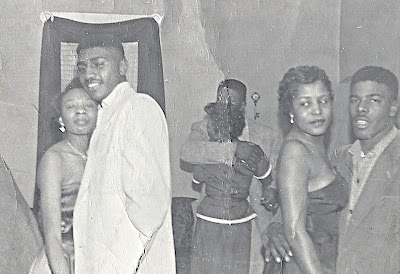In Katrina's Wake: Portraits of Loss from an Unnatural Disaster
(2005)

This series, photographed in New Orleans in November and December of 2005, portrays the cost of Hurricane Katrina on a personal scale.
The first chapter i used in relation to theory is chapter 2 Surveyors and Surveyed. Chris Jordan photographed images of Hurricane Katrina's devastating results. As a photographer he did it in a beautiful way. I am relating his photos to documentary style because nothing has been staged and these photos are images of something that was there before he came, he just put in a form for the world to see. Jordan talks about the reason for documenting this disaster because it wasn't fully a natural disaster, but half was the result of a man made issue that is linked to global warming (link to project statement). In our book Photography: A Critical Introduction it states "photography's obsessive concern to record, catalogue explore, reveal, compare and measure the human body was one way in which it could be seen to be an important form within the disciplinary process" (p.105). I think that quote describes documenting in one sentence. Documenting is our way of exposing and letting others see what we see.
The next chapter I am going to relate Jordan to is chapter 3 'Sweet it is to scan...'. This chapter doesn't relate directly but put into context it can very much relate. In the section Beyond the Domestic photos being created to show others what the next persons life was like and 'the tourist gaze' (p.123). In relating this to Jordan, he visited and area that was demolished, he took pictures for people that wasn't there so they could witness the devastation. This section talks about the untraveled parts of the world and Katrina was in a state of emergency. It was definitely "untraveled" and even though they probably experienced, it was of limits to "the tourist gaze". Pictures always had some type of desire because what they could bring to your home without leaving it as explained on page 123 "by the later years of the nineteenth century, photographs of parts of the world, impressive because of their distance, their strangeness or the difficulty experienced in reaching them".
The third chapter I am going to relate is chapter 5 Spectacle and illusions. the section Photojournalism, glamor and the paparazzi talks about the spectacle of photojournalism. Jordan and created beautifully constructed photos of a very ugly place, he has created art out of it. Although these image are aesthetically pleasing we all know the back story and can't help but think about what happened to this place and why he has these images. He zoomed into the refrigerator with pictures on it and created another picture with his camera. "The frequent adjustment of the scenes by photographers creates a demand in the viewer for a constant spectacle and drama to be presented" (p. 198). Being in that space in time and photographing it for more to see is a form of the pentacle.
My Personal Images
My Grandparents 20 something
This image I scaned, I got this from my grandmother a few weeks ago. My grandad is the handsome tall one in the white suit and that is my gorgeous grandma he is holding. This picture is definitly a keeper!
Side view of my installation For Colored Girls Only 2010
This was my second year being apart of the Advance Student Exhibition on campus and this is a side view. This is such a great perspective, awesome depth of field.
Light play at the TMRRW PPL Show 2010
This an image I took at a local show, with a 10-15 second exposure time...I think. I love how you can play with and alter light.
Side view of my installation For Colored Girls Only 2010
This was my second year being apart of the Advance Student Exhibition on campus and this is a side view. This is such a great perspective, awesome depth of field.
Light play at the TMRRW PPL Show 2010
This an image I took at a local show, with a 10-15 second exposure time...I think. I love how you can play with and alter light.



No comments:
Post a Comment